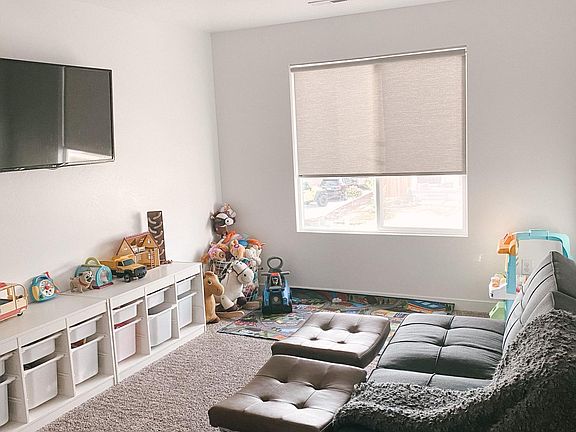

15.2% of all households were made up of individuals, and 3.5% had someone living alone who was 65 years of age or older. There were 18,282 households, out of which 48.9% had children under the age of 18 living with them, 67.4% were married couples living together, 9.7% had a female householder with no husband present, and 19.2% were non-families.

Hispanic or Latino of any race were 6.96% of the population. The racial makeup of the city was 89.91% White, 1.61% African American, 0.53% Native American, 2.08% Asian, 0.27% Pacific Islander, 3.09% from other races, and 2.52% from two or more races. There were 19,145 housing units at an average density of 924.6 per square mile (356.9/km 2). The population density was 2,823.9 people per square mile (1,090.1/km 2). Great Salt Lake effect snow is common in the winter.ĭemographics Historical population CensusĪs of the census of 2010, there were 67,311 people, 18,282 households, and 14,771 families residing in the city. The climate in this area is characterized by hot summers and cold winters. It is bordered by Clearfield to the northwest, Hill Air Force Base to the north, South Weber to the northeast, the Wasatch Mountains to the east, Kaysville to the south, Great Salt Lake wetlands to the southwest and Syracuse to the west.Īccording to the United States Census Bureau, Layton has a total area of 22.2 square miles (57.4 km 2), of which 22.0 square miles (57.0 km 2) is land and 0.15 square miles (0.4 km 2), or 0.78%, is water.

Layton is located in the northern portion of the Wasatch Front, approximately 25 miles (40 km) north of Salt Lake City and 15 miles (24 km) south of Ogden. In 1985, Layton passed Bountiful to become the most populous city in Davis County. The city continued to expand geographically, annexing surrounding parcels of land, including the adjacent town of Laytona and city of East Layton. Growth slowed after the war, but Layton continued to develop as a suburban bedroom community, as those not employed at the Air Force base began commuting to the Salt Lake City or Ogden areas. Layton became a city, transformed from a farming town to a residential community. War workers streamed into the area the 1950 census counted 3,456 people. The creation of Hill Air Force Base to the north in 1940, followed shortly by the United States' entry into World War II, led to a dramatic population increase. The town's population increased slowly up until 1940 it was about 600. After further growth, it was made an incorporated town in 1920. The separatist movement finally succeeded in 1902, when Layton became an independent unincorporated area. Ellison, which was decided in favor of the Layton property owners. This dispute reached the United States Supreme Court in 1894 as the case of Linford v. They challenged Kaysville's authority to tax their property, claiming they received no municipal services. It was included in the boundaries when Kaysville was incorporated as a city in 1868, but by the 1880s, many Layton residents wanted to separate from the city. Layton was settled in the 1850s as an outgrowth of Kaysville and is named after Christopher Layton, a Latter-day Saint settler and leader. JSTOR ( October 2016) ( Learn how and when to remove this template message).Unsourced material may be challenged and removed. Please help improve this article by adding citations to reliable sources. This section needs additional citations for verification. In 2014, Layton contributed $1.34 billion worth of retail sales activity, the second largest market north of Salt Lake City and seventh largest in Utah. Layton City is a leader in economic development for the region, with immediate adjacency to Hill Air Force Base, a large hospitality district (1,000+ hotel beds) and conference center, the Layton Hills Mall, multiple nationally recognized retail and food chains, the East Gate Business Park, and the Weber State University-Davis campus. Layton has direct access to Salt Lake City, Ogden, Salt Lake City International Airport, Antelope Island, and the FrontRunner commuter rail. Layton is the most populous city in Davis County and the ninth most populous in Utah. As of the 2020 census, the city had a population of 81,773, with 2022 estimates showing a slight increase to 84,665. It is part of the Ogden-Clearfield Metropolitan Statistical Area. Layton is a city in Davis County, Utah, United States.


 0 kommentar(er)
0 kommentar(er)
